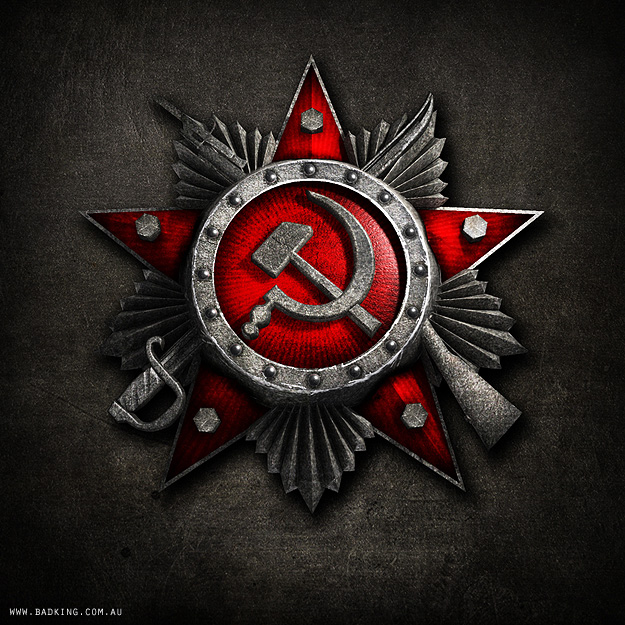 |
| There's something about the USSR that just gushes with 'COOL' |
My first taste of Soviet exploits came from the Hollywood production, Enemy at the Gates. I marvelled at the aggrandizement of the Soviet hero, Vasily Zaitsev, and his elite Soviet sniper division’s exploits in their nation’s roar to the hard-pressing offensives of the German invading forces during Stalingrad’s siege. When I discovered the true exploits of Zaitsev and that of his compatriots’ defense of Stalingrad, in what would be known as the bloodiest battle in human history, my interest expanded bounds more. As such, the Soviet exploits in the Second World War have grown to become one of my keystone subjects of interest in the study of this incredible global struggle, and have contributed immensely to the fiery passion that I put into my researching endeavours.
 |
| Sniper rifles and Russians, like peanut butter and jelly |
Stalingrad was a battle that would epitomize the struggle between Hitler’s Fascist regime and Stalin’s Communist one. It would be a siege unmatched in its brutality and bloodshed as well as Stalin’s last stand to protect the nationalism of his country. It was Hitler’s final means of solidifying a crushing blow to the Russian Giant after the failure of the Moscow offensive in Operation Barbarossa, and his only means to gain the rich oil fields sorely needed to keep the war against the Soviets going. It was Stalingrad.
Such a siege would be warred within the confines of Stalin’s city, symbolizing the cornered struggle of popularity of Stalin’s fight against fascism. If Stalingrad would be taken, Stalin would be done. If Stalingrad were to be taken, Hitler would find revitalization and the German Eagle would soar to unfathomable heights. But Stalingrad did not fall. Against insurmountable odds and scarcity of resources, the Red Army would fight on, tooth and nail. This siege would forever remain in infamy as one of the bloodiest siege battles in human history, utterly decimating the infrastructure and demoralizing the inhabitants of the city to unthinkable lengths.
Yet, through the cesspit that formed in the siege of Stalin’s city, the Soviet hammer would be raised. Not only would the Red Army rise to defeat and retake Stalingrad from the Nazi’s but it would be the beginning of the end of Hitler’s onslaught on the Soviet Union. Stalin’s armies would make pace in gathering victory after victory, building enough momentum to barge into the heart of the Nazi war machine, Berlin, and end Hitler once and for all. The tides of war would change at Stalingrad.
 |
| The battle was so monumental, the Soviets found themselves knocking on Hitler's doorstep |
Why Stalingrad? Hitler, upon taking the offensive on Stalin with his blitzkrieg of Operation Barbarossa, hoped to decisively gut the ideological antagonist of the Soviet Union with a razor sharp offensive on the capital, Moscow. However plans failed as Stalin was able to rally enough troops to counter the German armies from capturing the capital. With the original plan having faltered, another gem came across the eyes of the Nazi dictator: Stalingrad.
It was perfect. Stalingrad was a major producer of the Soviet T-34 tank and its effective capture would shut down production. Moreover, since the city was situated so close to the Volga River, tank supply to other regions of the Soviet nation would effectively be crippled. As well, Stalingrad was in the way of major oil fields of the Caucasus, enabling resupplying of the German Tank Divisions sent on the Eastern Front. Finally however, Stalingrad was Stalingrad. If Hitler could not have the capital of the Soviets, he would have the city that was named after his adversary, Stalin. It had to be Stalingrad.